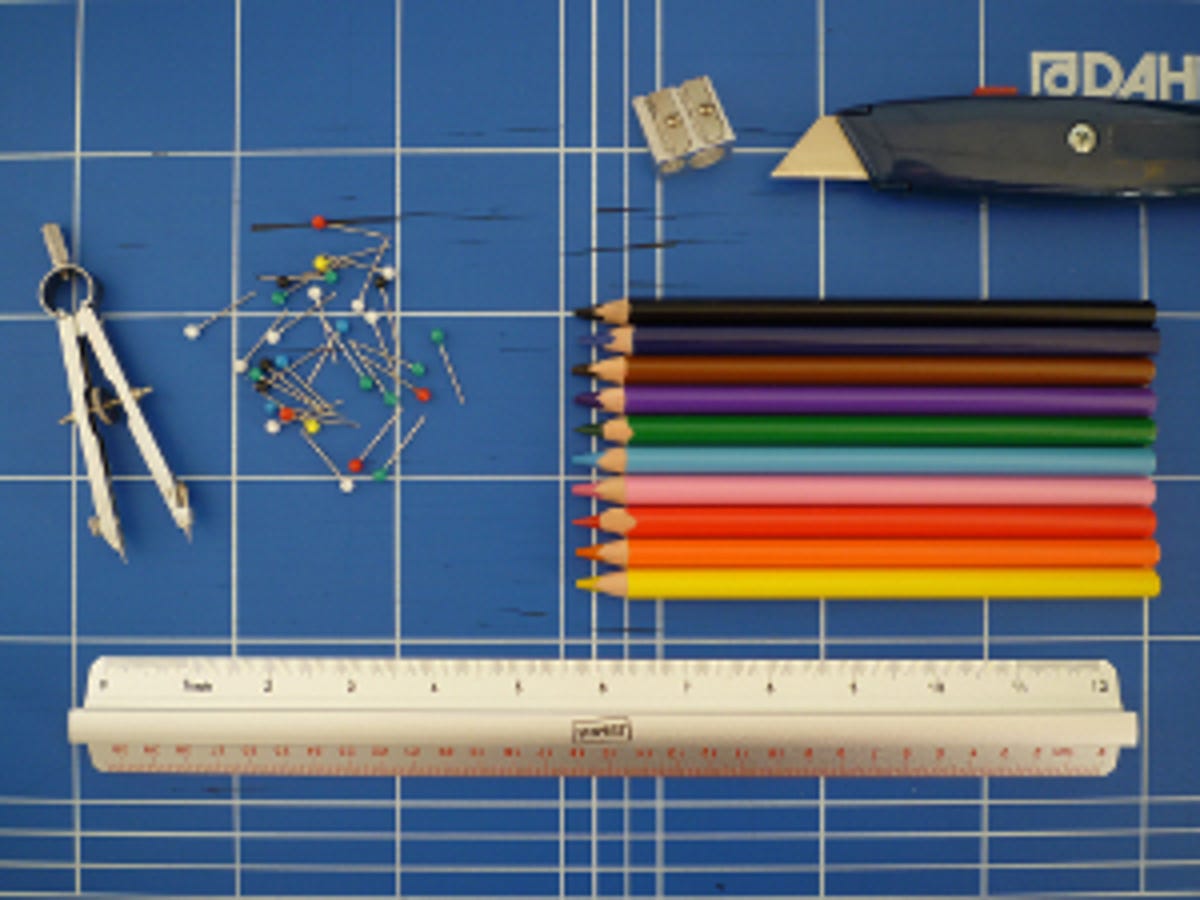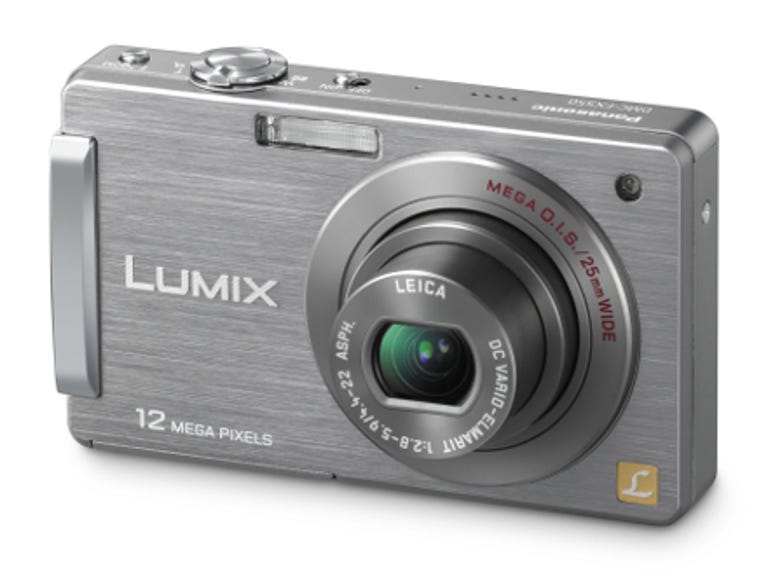 Why You Can Trust CNET
Why You Can Trust CNET Panasonic Lumix DMC-FX550 review: Panasonic Lumix DMC-FX550
The 12.1-megapixel Lumix DMC-FX550 compact camera offers a surprising amount of manual control and oozes hi-tech features, including a touchscreen interface and 5x super-wide zoom. It's also capable of shooting decent pictures, and offers decent value for money too
The 12.1-megapixel Panasonic Lumix DMC-FX550's neat little metal body oozes hi-tech features and offers a surprising amount of manual control. You also get a 76mm (3-inch) touchscreen, a 5x super-wide zoom equivalent to 25-125mm, and a high-definition movie mode. That doesn't sound too bad for just £225 or so.
The Good
The Bad
The Bottom Line
Top-notch construction
As usual, this Panasonic camera's build quality is beyond reproach. The DMC-FX550 feels like a classy piece of kit right from the start. The first sign of the touchscreen interface is an 'AFAE' button in the bottom right-hand corner of the screen. You tap this, then tap on the object you want to focus on. The DMC-FX550 doesn't just focus on it, it tracks it around the screen if it or the camera moves.

The touchscreen display comes into play again if you press the 'mode' button on the back. This displays a bunch of big on-screen icons for the 'intelligent auto', 'my scene', 'scene', program auto-exposure, aperture-priority, shutter-priority, manual and motion-picture modes. It's unusual to get all these modes in a little compact like this.
If you decide you want to shoot in manual mode, the screen displays sliders for adjusting the shutter speed and aperture. You 'drag' them with your thumb. If you want to make adjustments to the ISO, white balance or other everyday settings, you press the 'Q.Menu' button. That gives you a horizontal set of on-screen buttons for the parameters you can change, and a vertical set for the setting. Overall, this system is pretty quick, effective and reliable, although dragging the virtual sliders can be a hit-and-miss affair.
Redundant touchscreen?
But does this touchscreen interface do anything you couldn't do just as easily with directional buttons? In other words, is it really necessary? Panasonic describes it as a 'hybrid' interface, and it doesn't entirely replace the standard controls since many of the adjustments can be made with the directional buttons too. We have to admit to being spoiled by the Samsung ST550 and its 'haptic' interface, which delivers a tiny vibration through your finger when you press on the screen. The DMC-FX550's touchscreen seems rather vague and lacklustre by comparison.
That's not all. The 25mm lens really is wide for a compact, and that makes it extremely useful. But the lens quality drops off considerably as you zoom in, so that, by the time you reach the 5x maximum zoom setting, pictures look distinctly soft, even without any magnification.
This makes the DMC-FX550 something of a mixed bag. The hybrid interface works, but not brilliantly. The lens offers an excellent zoom range, but doesn't deliver consistency across the range. While you get pro-style aperture-priority, shutter-priority and manual modes, they may end up wasted on a camera that isn't quite good enough for seriously keen photographers.
Conclusion
The Panasonic Lumix DMC-FX550 is packed with good ideas and neat features, but the hybrid interface is patchy and the lens quality isn't good enough to justify the camera's manual modes. It's alright, and it's still pretty good value, but it's just not quite as good in practice as it looks on paper.
Edited by Charles Kloet
